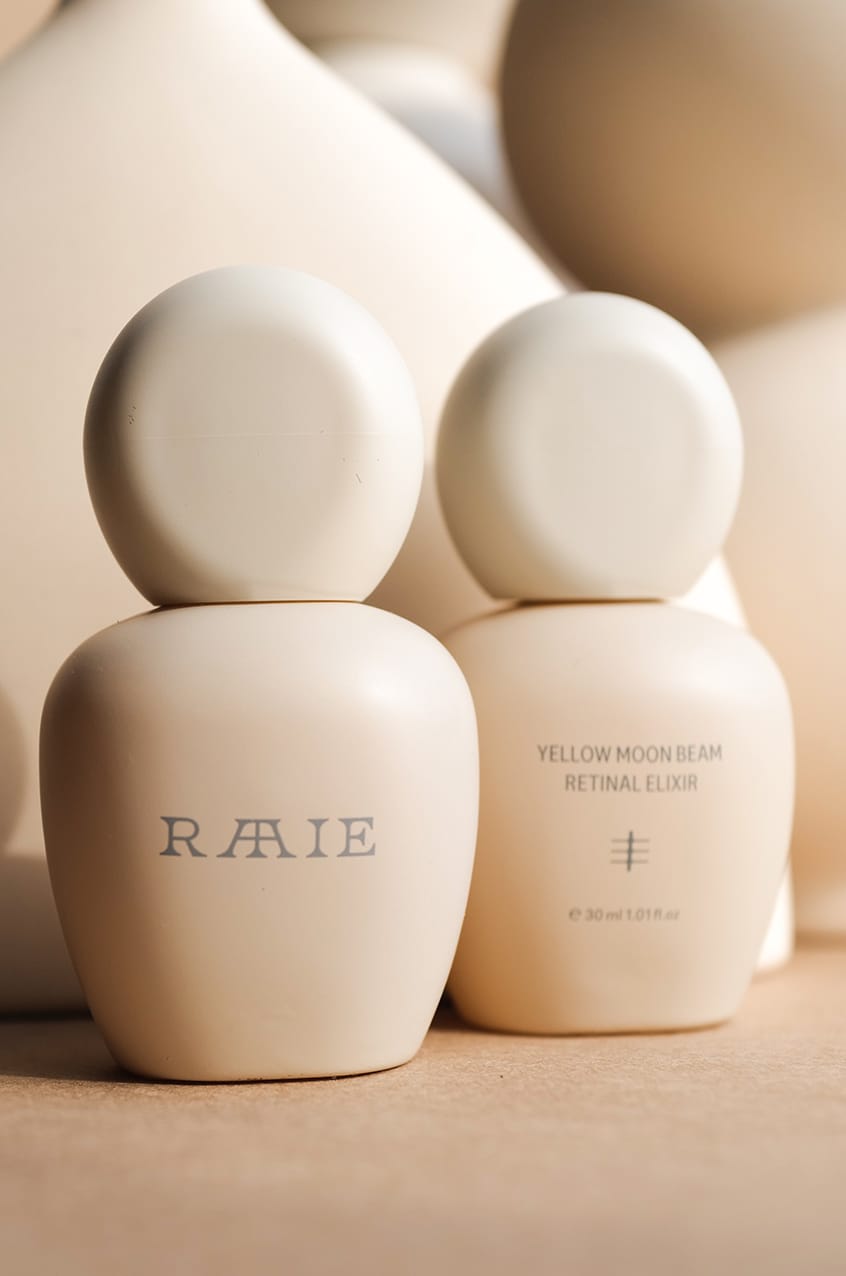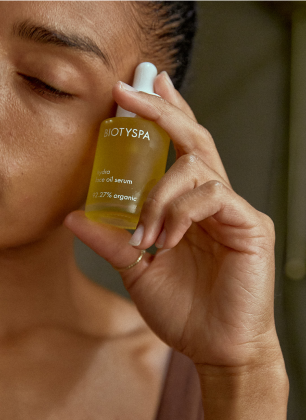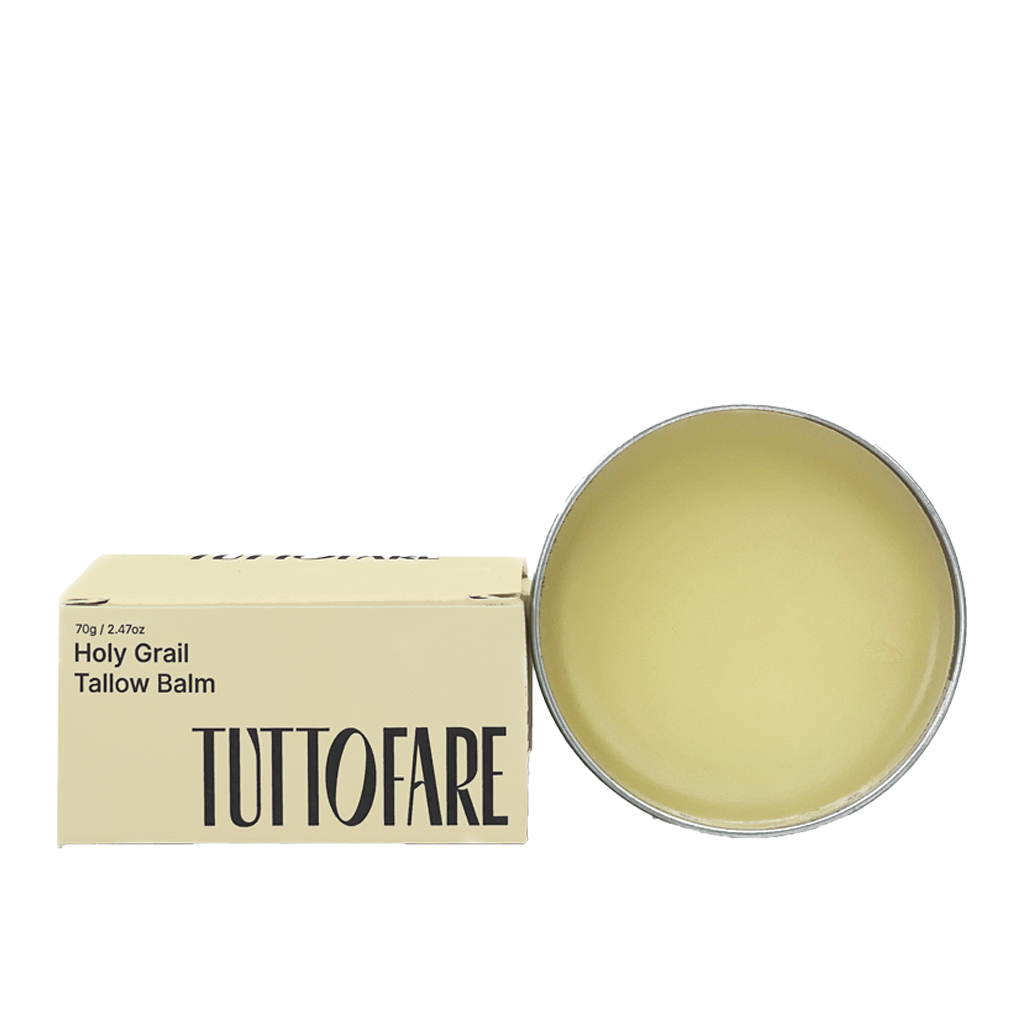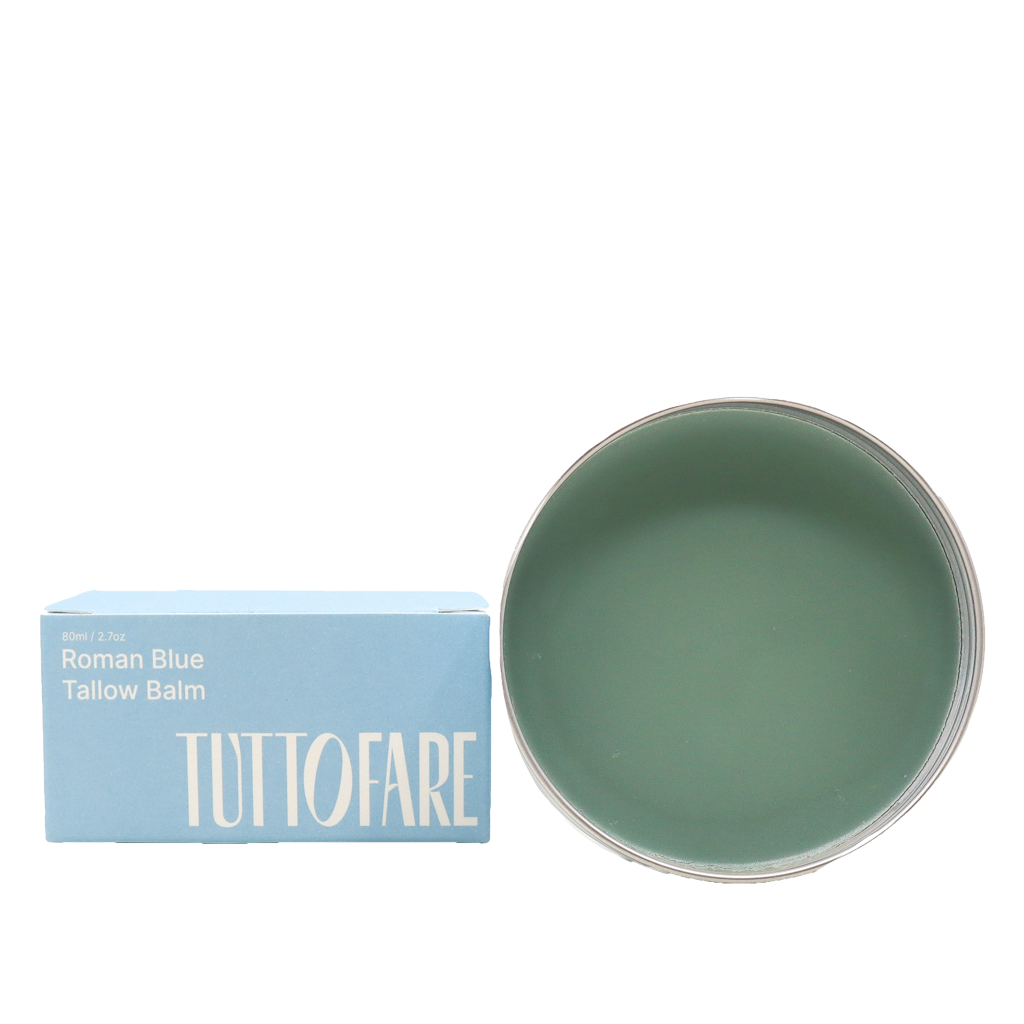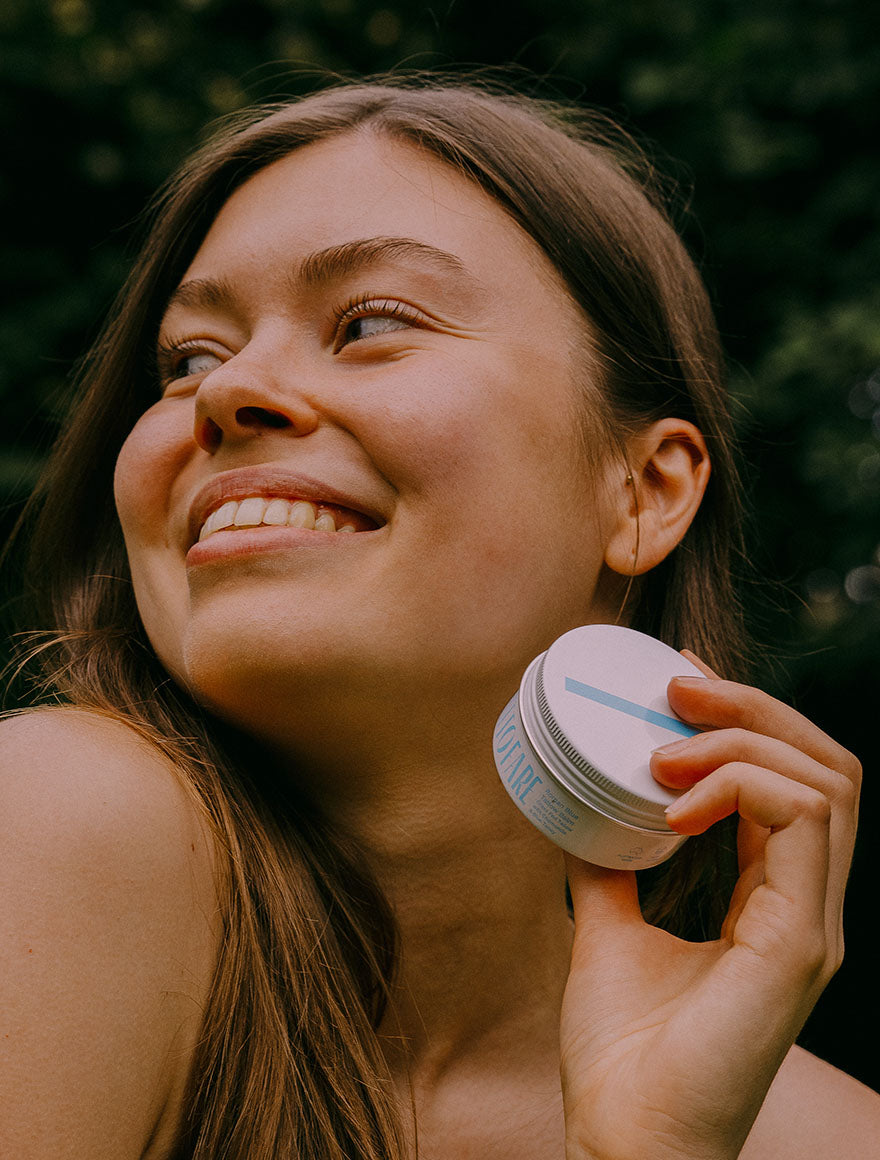
The Re-Emergence of Tallow Based Skincare
Tallow, once a staple in traditional skincare, is experiencing a resurgence as keen health enthusiasts like ourselves seek natural, biocompatible alternatives to synthetic and plant-based formulations. This article explores the scientific rationale behind the renewed interest in tallow-based skincare, its biochemical compatibility with human skin, and the dermatological benefits that have contributed to its growing popularity.
In true Hana style, we continue our mission to dissect skincare ingredient lists in favour for holistic, whole-ingredient formulations, so when we caught wind of the re-emergence of tallow - a rendered form of beef or mutton fat - we had to share this sought-after skincare component on our shelves. While historically overshadowed by plant-based oils and synthetic emollients, tallow is now being recognised for its remarkable skin-nourishing properties. This shift is driven by an understanding of lipid biochemistry, sustainability concerns, and the desire for formulations that mimic the skin’s natural composition.
Tallow is composed primarily of triglycerides, phospholipids, and fat-soluble vitamins, many of which closely resemble the lipids found in human sebum.
Tallow vs. Conventional Skincare Ingredients
Modern skincare formulations often rely on plant-based oils or synthetic occlusives such as petroleum jelly. While these ingredients serve as effective emollients, they do not always provide the same bioavailability or structural similarity to human lipids as tallow does. Below we have outlined the properties that allow tallow to be inherently compatible with human skin, minimising the likelihood of irritation compared to synthetic emollients or volatile plant-based oils.
Tallow based skincare ~
- Saturated and Monounsaturated Fatty Acids: Tallow contains stearic acid and oleic acid, both of which contribute to skin barrier function and hydration.
- Fat-Soluble Vitamins: Vitamins A, D, E, and K support cellular repair, reduce oxidative stress, and promote collagen synthesis.
- Cholesterol: Essential for maintaining stratum corneum integrity, cholesterol aids in trans-epidermal water retention.
Conventional skincare ~
- Plant Oils (e.g., coconut, almond, and argan oils): While rich in unsaturated fats, these oils can be more prone to oxidation and rancidity, potentially leading to inflammatory responses in sensitive skin types.
- Synthetic Occlusives (e.g., mineral oil and silicones): Though effective at sealing moisture, these compounds lack bioactive nutrients and may create a superficial barrier rather than supporting intrinsic skin repair mechanisms.
Skin Concerns That Tallow Supports Best
One of the reasons tallow has stood the test of time in skincare is its ability to address a wide range of concerns - gently, yet effectively. Its unique composition, rich in essential fatty acids and fat-soluble vitamins, allows it to deeply nourish and restore balance to the skin.
Tallow’s naturally occurring stearic and oleic acids help strengthen the skin barrier, locking in moisture without clogging pores. It mimics the skin’s own lipids, making it an ultra-compatible solution for long-lasting hydration.
With its anti-inflammatory properties, tallow is ideal for calming irritation, redness, and sensitivity. It contains no synthetic fragrances or preservatives, making it a perfect match for delicate skin types.
Contrary to what you might expect from an oil-rich ingredient, tallow is non-comedogenic and supports a healthy balance of sebum production. Its antimicrobial and healing properties can help reduce breakouts and support clearer, more resilient skin.
Naturally rich in vitamins A, D, E, and K, tallow helps promote skin elasticity and collagen production, softening the appearance of fine lines while deeply replenishing tired, depleted skin.
For those struggling with chronic dryness, inflammation, or conditions like eczema and dermatitis, tallow provides intensive nourishment without irritation, helping to soothe and restore compromised skin.
In essence, tallow is nature’s answer to deep skin repair and replenishment - whether you’re looking to calm irritation, hydrate parched skin, or support long-term skin health.

Tuttofare - Hana's choice of Tallow based Skincare
As interest continues to grow, we have chosen to align with a brand that is at the forefront of the tallow skincare movement. Tuttofare have developed innovative products that align with our natural skincare philosophy, and our customers so far have been loving them!
A deeply moisturising balm made with grass-fed beef tallow, organic olive fruit oil, jojoba oil, cocoa butter, beeswax, and olive squalane, designed to nourish sensitive and dry skin.
Formulated for acne-prone or oily skin, this balm includes blue tansy and Roman chamomile essential oils for their anti-inflammatory properties.
These products demonstrate how traditional ingredients can be effectively modernised to cater to contemporary skincare needs, offering an alternative to synthetic or plant-derived options.The revival of tallow in skincare is not merely a trend but a reflection of a deeper understanding of dermatological science and ingredient efficacy. As more of us turn to biocompatible, nutrient-dense skincare solutions, tallow is likely to maintain its place as a preferred alternative to conventional emollients. With hope for future research focusing on clinical trials to substantiate the anecdotal claims surrounding its efficacy, we can only imagine that there will be further validation to come for Tallow's role in modern dermatology.



